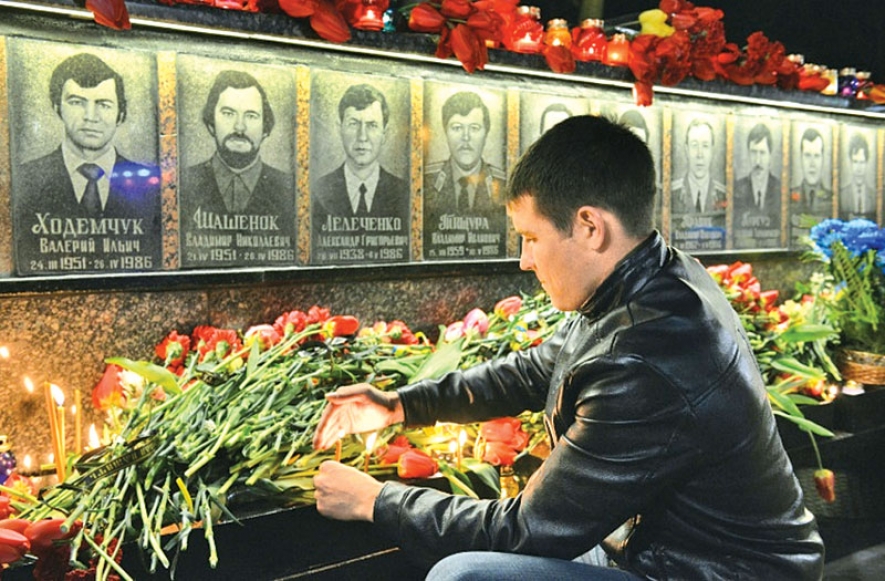More than 200 tonnes of uranium remain inside the dilapidated reactor that spewed radioactive clouds across three quarters of Europe after a botched safety test that Soviet authorities did their best to cover up.
Lingering fears of new leaks occurring should the ageing concrete structure covering the toxins collapse have prompted an international push to fund the construction of a giant new arch that could keep the site safe for at least a century.
International donors on Monday pledged an additional 87.5 million euros ($99 million) toward building a larger new spent nuclear fuel storage facility that could let Ukrainians live without fear for generations to come.
Reactor number four of the northern Ukrainian plant exploded on April 26 and burned for 10 days that horrified the world, but which locals only heard about through rumours and tidbits gleamed from jammed Western radio broadcasts.
Communist Party Secretary General Mikhail Gorbachev -- winner of the 1990 Nobel Peace Prize for championing democratic and economic reforms -- did not publicly admit the disaster until May 14.
Soviet television did its best in the meantime to convince people their nation was being subjected to a slanderous foreign propaganda campaign.
“As you can see, the enormous destruction about which Western media keep endlessly talking about, is not there,” said one black-and-white news clip that showed scenes from the plant shortly after the meltdown.
“An essential element of the operations ongoing at Chernobyl is the absolute safety of all who work there,” it added.
But the authorities did relocate 116,000 people that year from the 30-kilometre (19-mile) exclusion zone that still surrounds the now-dormant plant.
Some 600,000 people who became known as “liquidators” -- comprised mostly of emergency workers and state employees -- were dispatched with little or no protective gear to help put out the toxic flames.
They were also responsible for erecting a sarcophagus over the remains of the damaged reactor to prevent further radiation leaks.
The United Nations Scientific Committee on the Effects of Atomic Radiation officially recognised that around 30 of those sent to save Chernobyl from becoming an even bigger disaster died.
Yet the total number of people killed from radiation poisoning remains a matter of intense dispute.
A controversial UN report published in 2005 estimated that “up to 4,000” could eventually perish from the invisible poison in Ukraine and neighbouring Russia and Belarus.
The Greenpeace environmental protection group slammed that figure the next year as a gross underestimate.
The 1979 Three Mile Island incident in the US state of Pennsylvania and Chernobyl’s explosion prompted a strong turn in public opinion against nuclear power and only a handful of US plants were commissioned between 1986 and 2013.
AFP



















